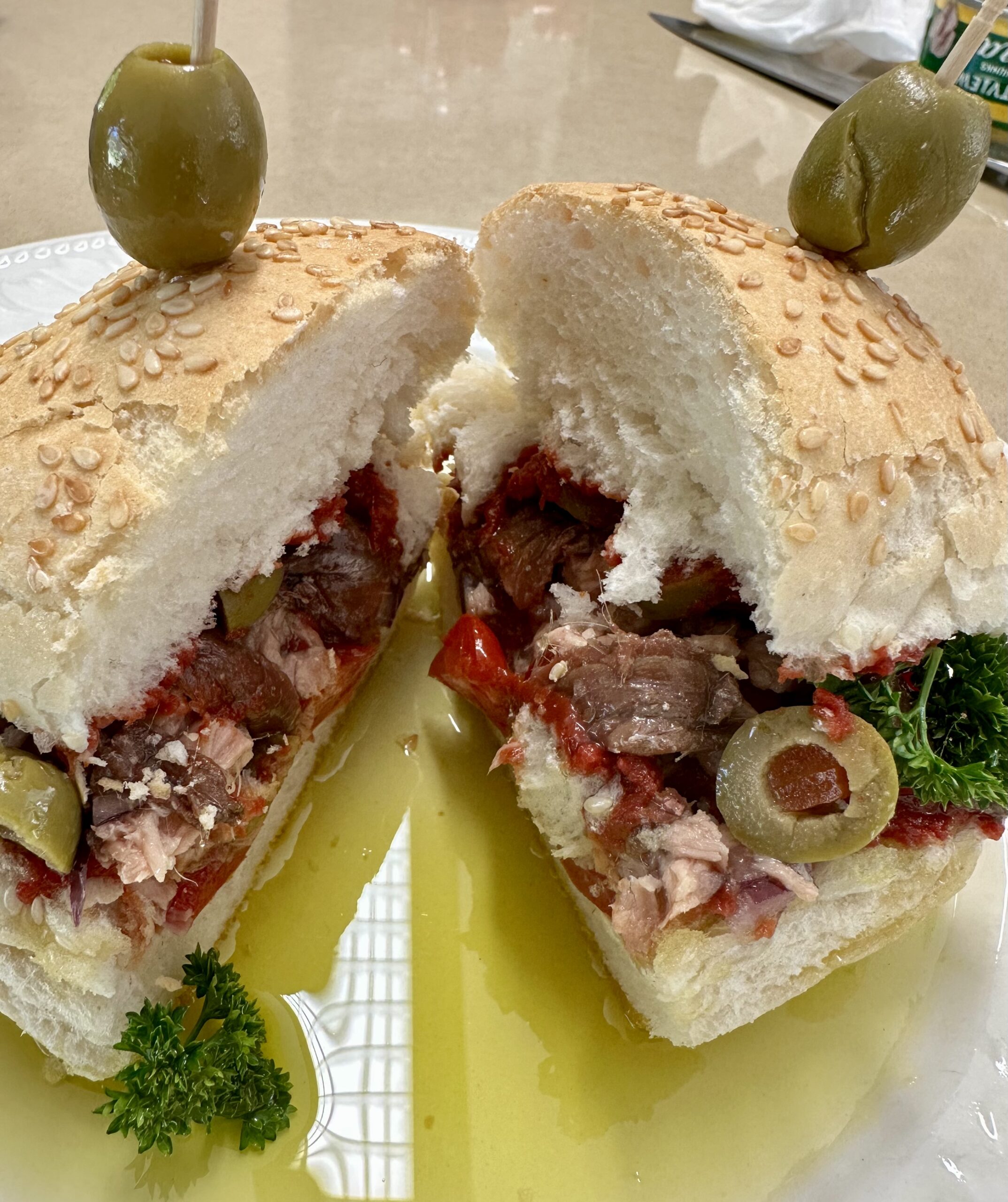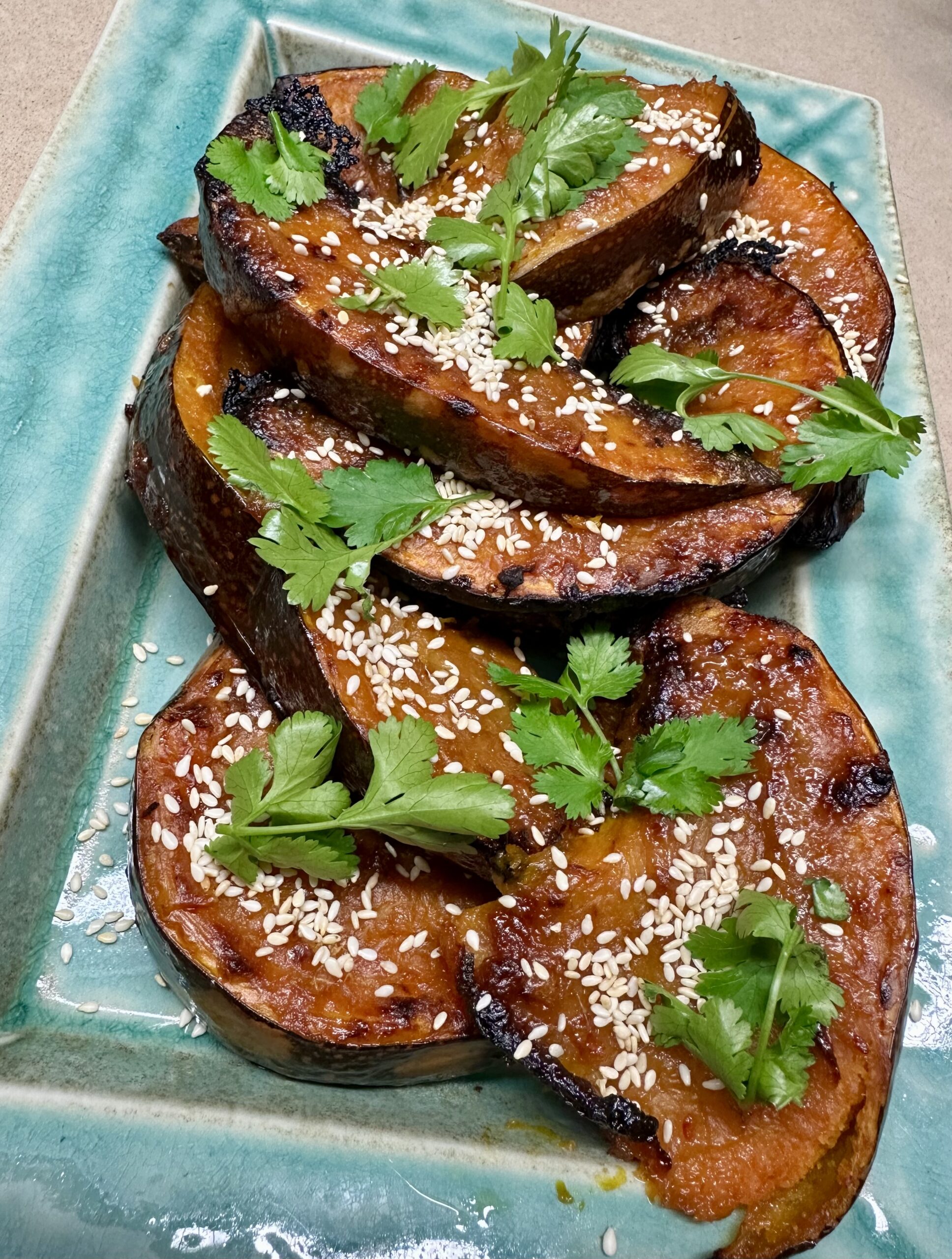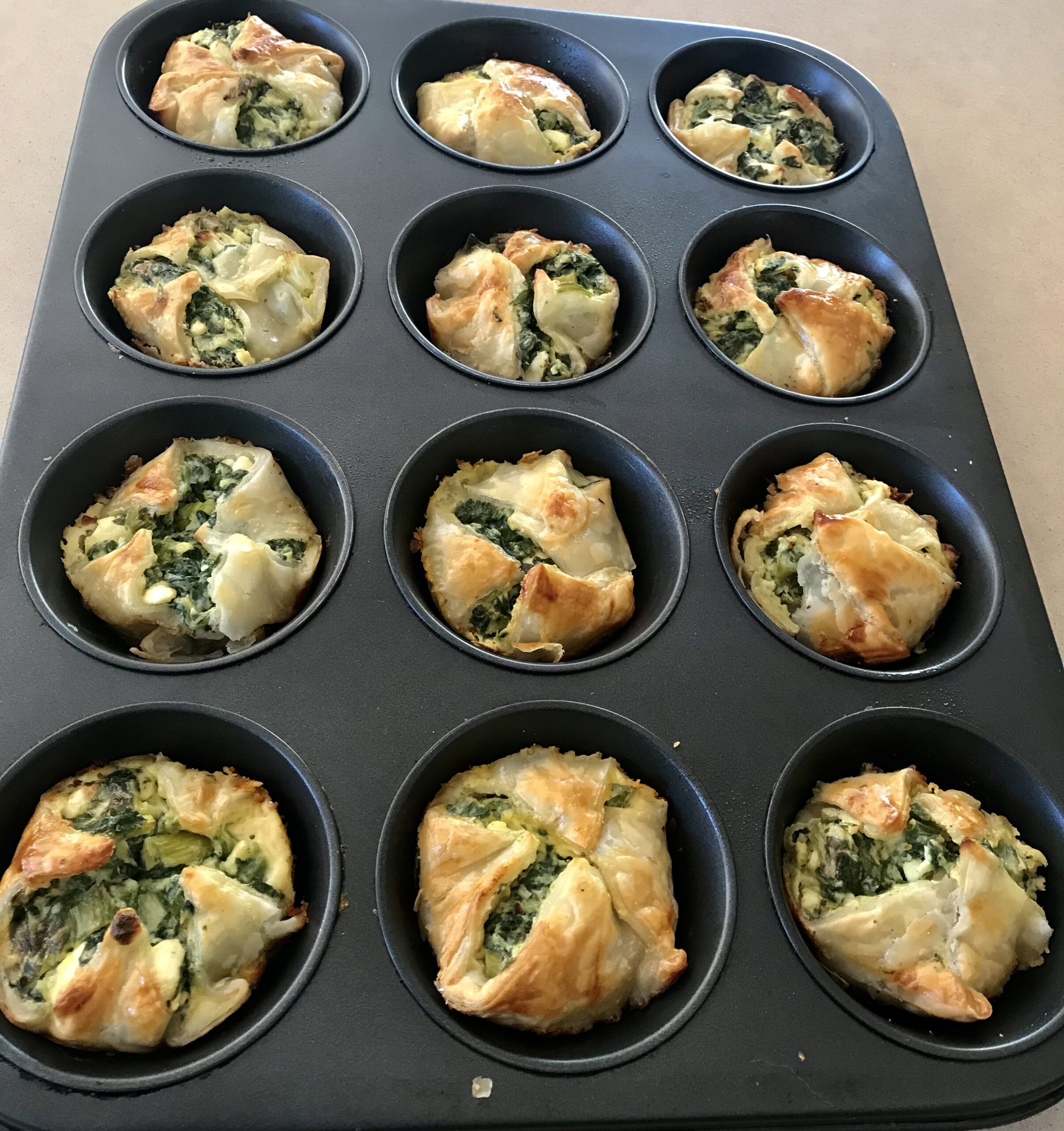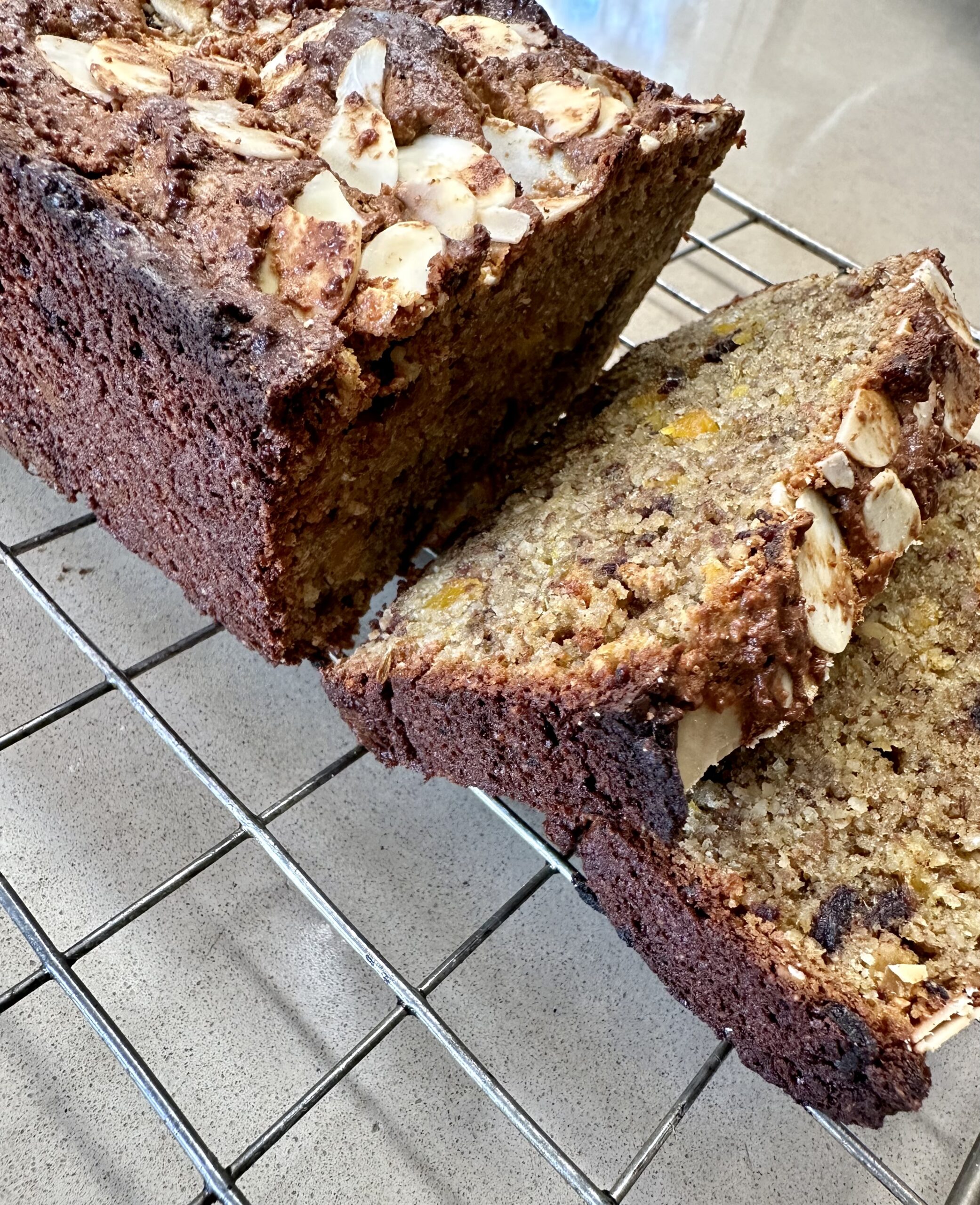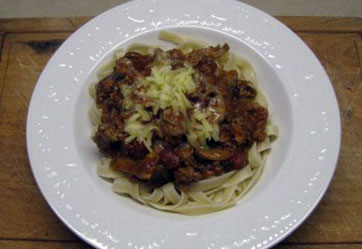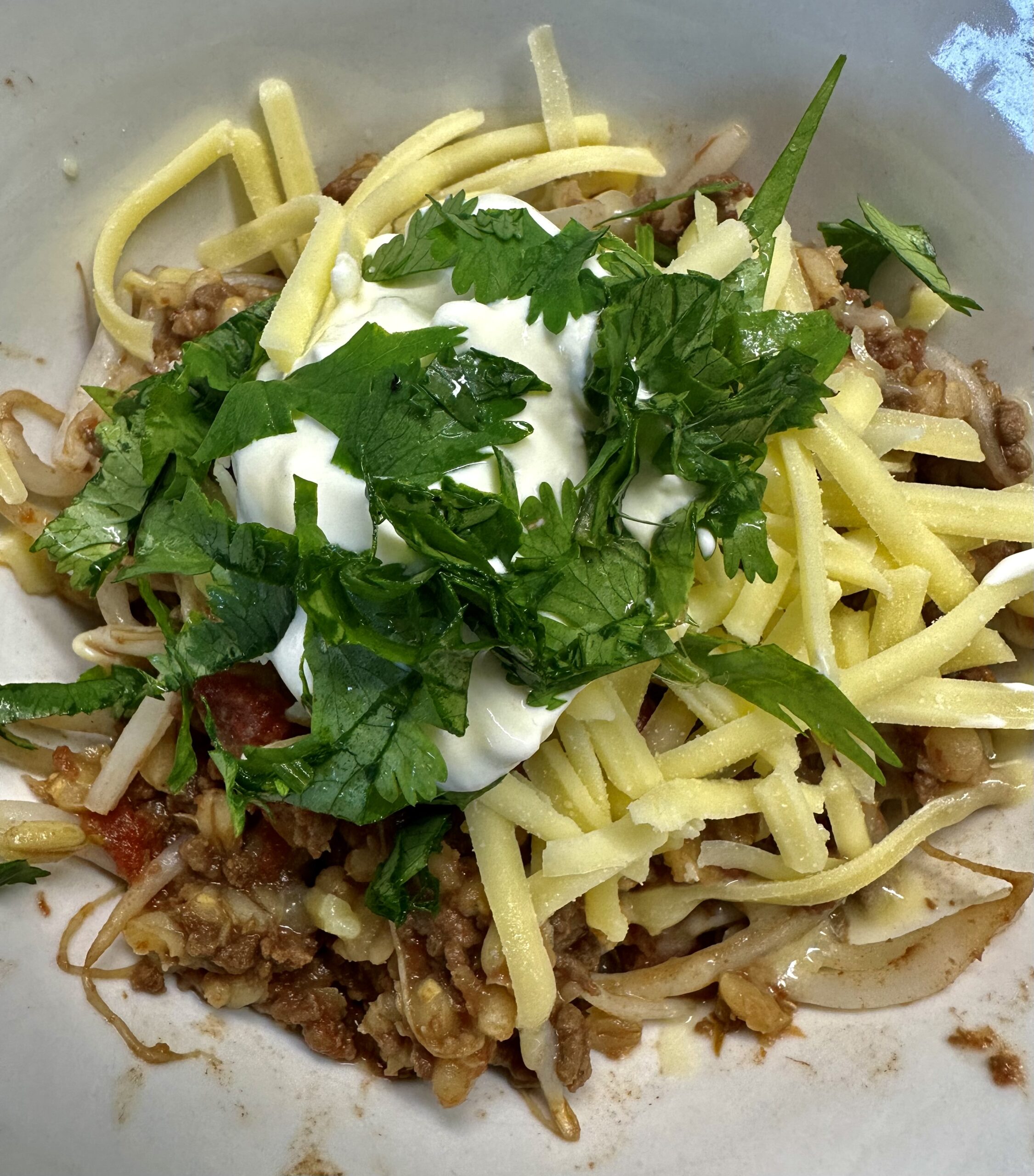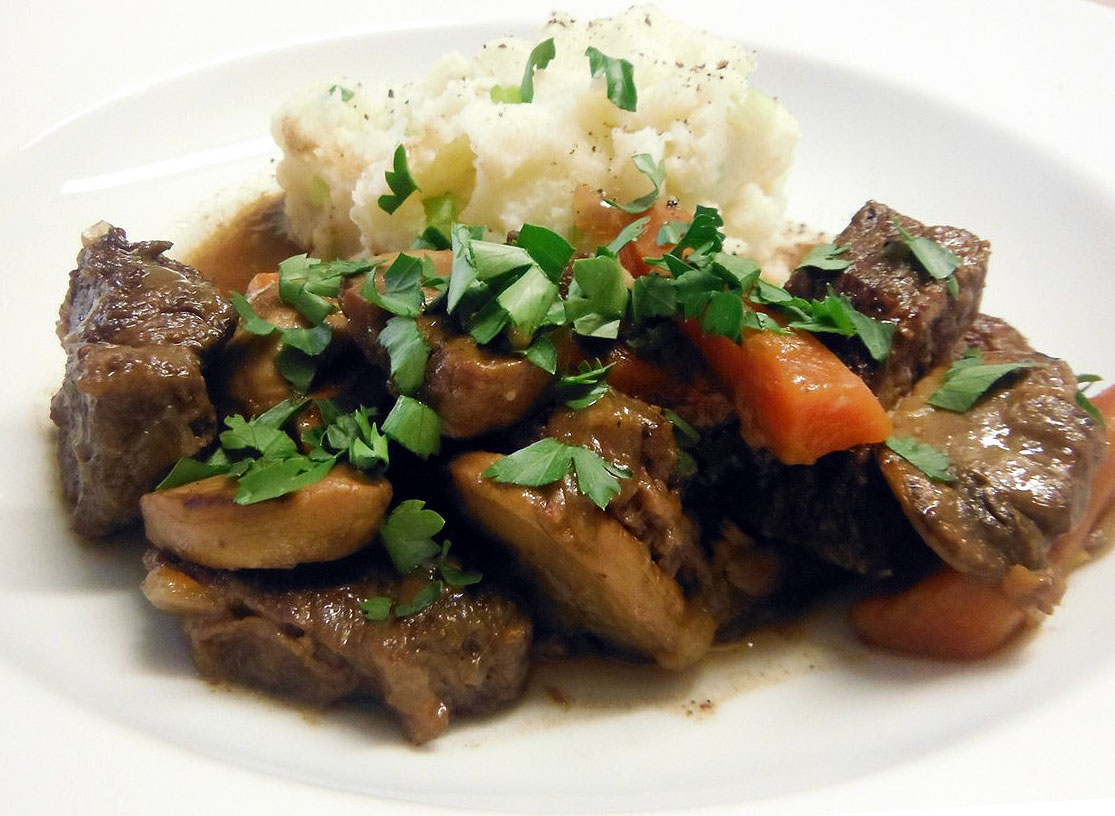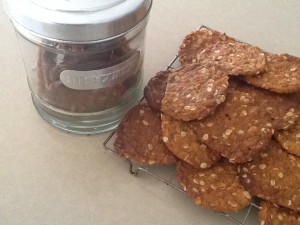This recipe comes from Maltese-Australian chef Mark Mizzi whose restaurant and wedding venue Nanna’s Place has been serving delicious Mediterranean dishes since it opened in South Melbourne in 2018.
Hobz biz-zejt is a traditional Maltese sandwich which translates as bread with oil. But it’s much more than that. Indeed, there are so many ingredients, that when it’s ready to serve it looks more like a “burger with the lot” than a sandwich. For this reason, I haven’t put quantities: it’s basically a question of what you can fit in! An optional extra is to mash a clove of garlic into the olive oil. Sun-dried tomatoes and local cheese are also sometimes added.
Nanna’s bake their own traditional Maltese bread called Ftira, but any fresh bread – preferably sourdough – can be used. Going to Malta on holiday? This satisfying snack can be enjoyed all over the island.
1 large, crusty bread roll (size of a burger bun) or 10-15cm of baguette
Extra virgin olive oil
Tomato paste
Canned tuna, drained
Anchovies in oil drained (optional)
Diced or sliced raw onion
Diced or sliced tomatoes
Chopped parsley
Capers
Sliced pitted olives
A few canned white beans, drained (optional)
Freshly ground black pepper, to taste
Cut the roll or piece of baguette in two, horizontally. Drizzle both sides with olive oil then spread a thin layer of tomato paste on both halves. Add the remaining ingredients in layers. Drizzle with a bit more olive oil. Place the lid on top, cut the sandwich in two and stick a toothpick with a whole pitted olive in the top of each half, as decoration.
If preferred, divide the filling between the two sides and make open sandwiches. They’re a bit easier to eat.
Serves one

